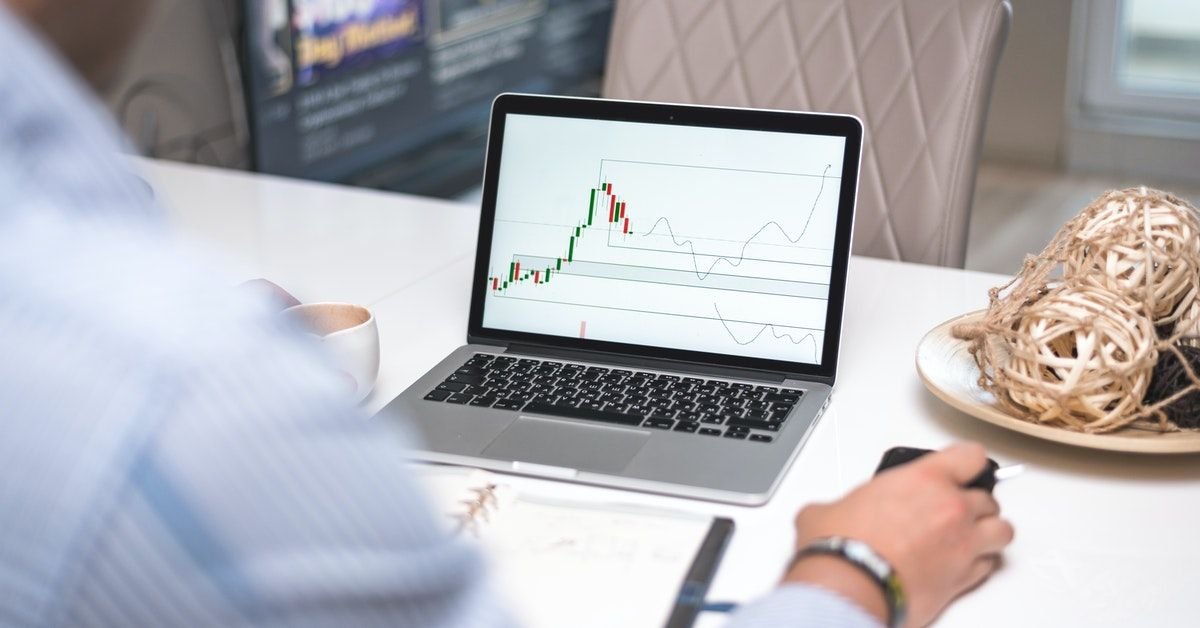In the fast-paced world of trading, where fortunes can be made or lost in the blink of an eye, risk management stands as the cornerstone of sustainable success. Whether you’re a seasoned trader or a novice dipping your toes into the financial markets, understanding and implementing effective risk management strategies is not just important—it’s absolutely crucial. But why is risk management so vital in trading, and how can it make the difference between long-term profitability and catastrophic losses? Let’s dive in.
The Nature of Trading: Inherent Risks
Trading, by its very nature, is fraught with uncertainty. Markets are influenced by a myriad of factors, including economic data, geopolitical events, corporate earnings, and even investor sentiment. These variables can cause prices to fluctuate wildly, often in unpredictable ways. While this volatility creates opportunities for profit, it also exposes traders to significant risks.
Without proper risk management, traders can easily fall victim to emotional decision-making, overtrading, or taking on excessive leverage. These behaviors can lead to devastating losses, wiping out trading accounts and derailing financial goals. This is where risk management comes into play—it acts as a safeguard, helping traders navigate the unpredictable waters of the market with discipline and confidence.
The Role of Risk Management in Trading
Risk management is the process of identifying, assessing, and mitigating potential risks in trading. It involves setting clear rules and guidelines to protect capital, minimize losses, and maximize returns. Here are some key reasons why risk management is indispensable in trading:
Preservation of Capital
The primary goal of risk management is to protect your trading capital. Without capital, you cannot trade. By implementing strategies such as setting stop-loss orders, limiting position sizes, and diversifying your portfolio, you can ensure that no single trade or market event can wipe out your account. Preserving capital allows you to stay in the game, even after a string of losses, and gives you the opportunity to recover and thrive.
Emotional Discipline
Trading can be an emotional rollercoaster. Fear and greed are two of the most powerful emotions that can cloud judgment and lead to poor decision-making. Risk management provides a structured framework that helps traders stick to their plans, even in the face of market turbulence. By following predefined rules, traders can avoid impulsive actions and maintain emotional discipline, which is essential for long-term success.
Consistency in Performance
Consistency is key in trading. While it’s impossible to win every trade, effective risk management ensures that losses are kept within acceptable limits. By managing risk, traders can achieve a more stable and predictable performance over time. This consistency not only builds confidence but also allows traders to compound their gains and grow their accounts steadily.
Mitigation of Black Swan Events
Black swan events—rare and unpredictable occurrences that have severe consequences—can wreak havoc on financial markets. Examples include the 2008 financial crisis, the COVID-19 pandemic, and sudden geopolitical shocks. While it’s impossible to predict such events, risk management strategies like diversification and hedging can help mitigate their impact, ensuring that your portfolio remains resilient in the face of adversity.
Enhanced Risk-Reward Ratio
A fundamental principle of trading is the risk-reward ratio, which measures the potential profit of a trade relative to its potential loss. Effective risk management ensures that traders only take on trades with a favorable risk-reward ratio, where the potential reward justifies the risk. This approach increases the likelihood of profitability over the long term, even if not every trade is a winner.
Key Risk Management Strategies in Trading
To harness the power of risk management, traders must adopt proven strategies that align with their trading style and risk tolerance. Here are some essential risk management techniques:
Set Stop-Loss Orders
A stop-loss order is a predetermined price level at which a trade will be automatically closed to limit losses. By setting stop-loss orders, traders can prevent small losses from turning into catastrophic ones.
Position Sizing
Position sizing involves determining the amount of capital to allocate to each trade based on your risk tolerance and the size of your trading account. A common rule of thumb is to risk no more than 1-2% of your capital on any single trade.
Diversification
Diversification involves spreading your investments across different asset classes, sectors, or geographic regions to reduce exposure to any single risk. A well-diversified portfolio is less vulnerable to market shocks and can provide more stable returns.
Avoid Over-Leveraging
Leverage can amplify both gains and losses. While it can boost profits, excessive leverage can quickly lead to significant losses. Traders should use leverage cautiously and only when they fully understand the risks involved.
Regularly Review and Adjust Your Strategy
Markets are dynamic, and what works today may not work tomorrow. Regularly reviewing and adjusting your risk management strategy ensures that it remains effective in changing market conditions.
Conclusion: The Path to Sustainable Trading Success
In the world of trading, risk is inevitable. However, with a robust risk management plan in place, traders can navigate the uncertainties of the market with confidence and poise. Risk management is not just about avoiding losses—it’s about creating a disciplined, structured approach that maximizes the potential for long-term success.
By preserving capital, maintaining emotional discipline, and consistently applying sound risk management principles, traders can turn the odds in their favor. Remember, the goal of trading is not to win every battle but to win the war. And in this war, risk management is your most powerful weapon. So, before you place your next trade, ask yourself: “Have I managed my risks effectively?” The answer could make all the
